Asteroid 99942 Apophis, discovered in 2004, quickly became a focal point of concern and curiosity. This near-Earth object (NEO), measuring about 1,100 feet across, was initially flagged as a potential threat due to its orbit intersecting with Earth’s path. Early projections suggested that Apophis could come alarmingly close to our planet, raising the specter of a catastrophic impact. However, subsequent observations and refined calculations have allayed these fears, significantly altering our understanding of its trajectory and reducing the perceived risk.
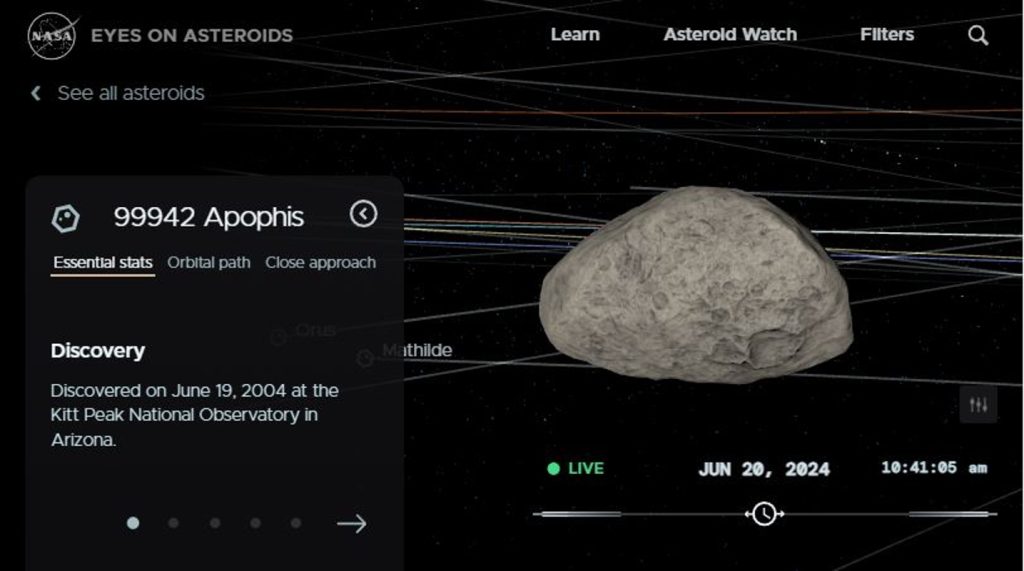
The initial alarm surrounding Apophis stemmed from predictions that it might collide with Earth in 2029. This scenario captured public imagination and underscored the importance of robust planetary defense strategies. As astronomers gathered more data, they were able to refine Apophis’s orbit with greater precision. By March 2021, detailed radar observations and advanced analysis allowed scientists to rule out any risk of an impact for at least the next century. This marked a significant shift from the asteroid’s original status as one of the most hazardous objects known.
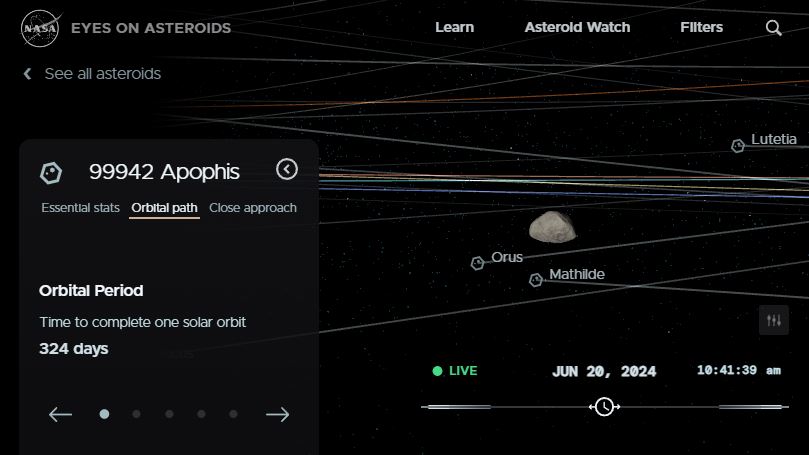
During Apophis’s flyby in March 2021, astronomers took the opportunity to gather detailed data using powerful radar arrays. These observations enabled them to track Apophis’s motion with remarkable accuracy, narrowing the uncertainty in its position to just a few kilometers when projected to 2029. This precision was crucial in removing Apophis from NASA’s Sentry Impact Risk Table, which monitors near-Earth objects that could pose a potential threat to our planet.
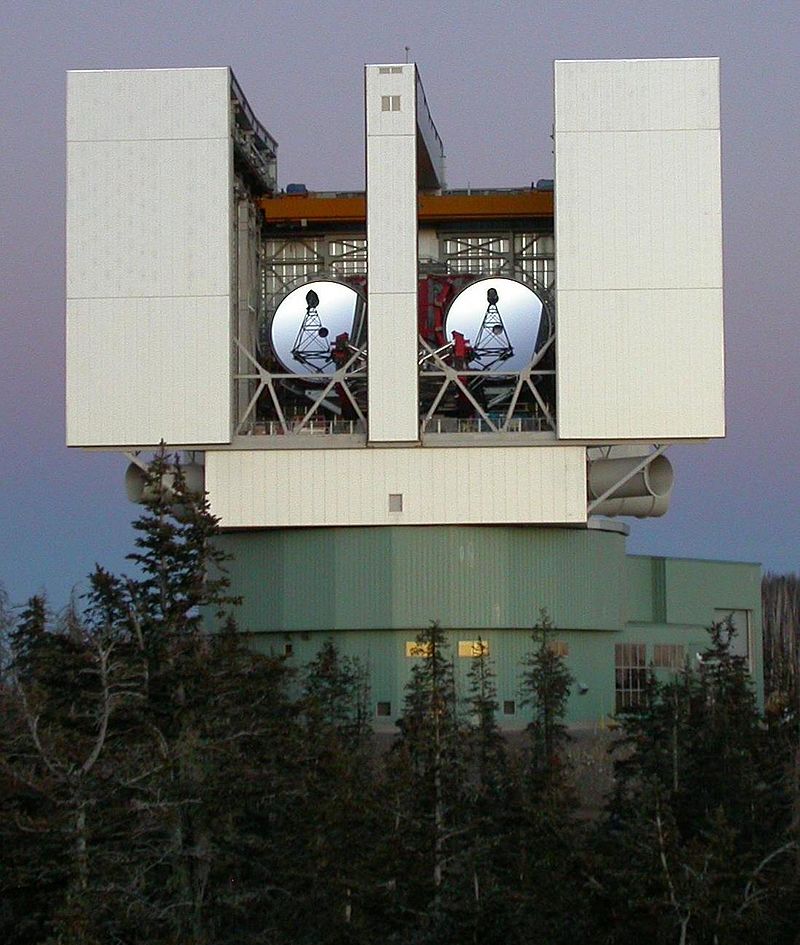
The scientific methods used to predict Apophis’s path are a triumph of modern science. Astronomers rely on optical telescopes and ground-based radar to gather detailed data, allowing them to build precise models of the asteroid’s trajectory. These models take into account not only the gravitational influences of the Sun and planets but also smaller forces, such as the Yarkovsky effect, which can slowly alter an asteroid’s path over time. The data collected is continuously refined, enhancing the accuracy of these predictions.
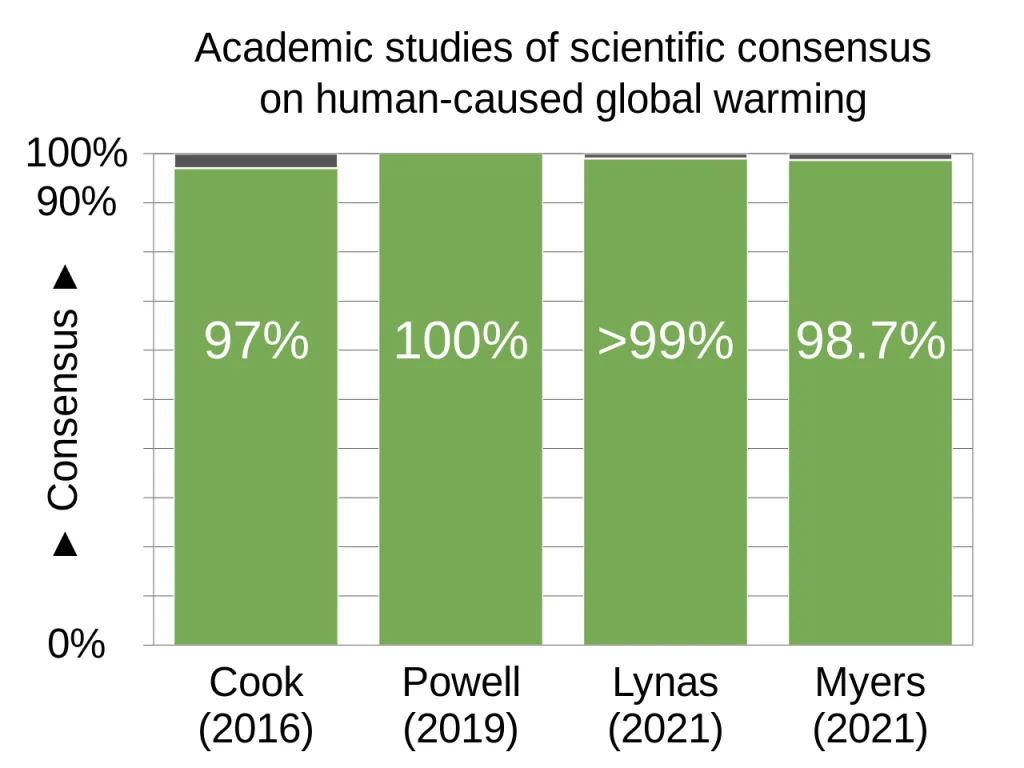
Interestingly, while the scientific predictions regarding Apophis’s orbit are widely accepted and trusted, the same level of trust does not extend to climate change science. This discrepancy highlights a significant difference in public perception. One reason might be the clear and tangible nature of Apophis’s threat, which can be easily visualized and understood. The potential consequences of an asteroid impact are immediate and catastrophic, offering a straightforward narrative that is compelling and easy to grasp.
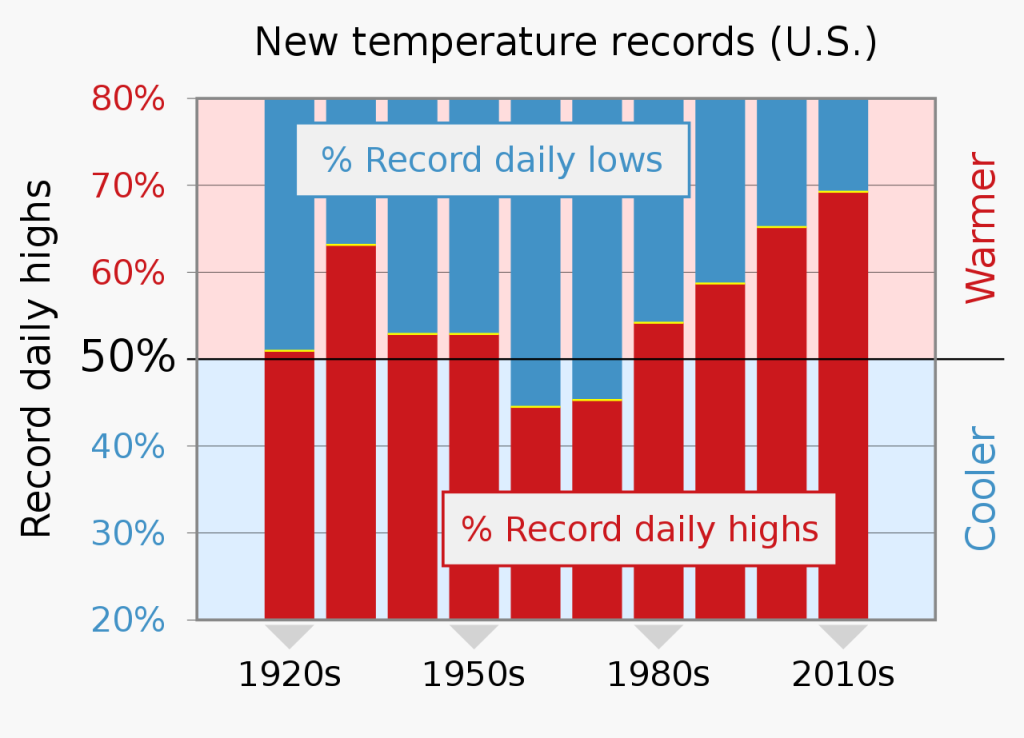
In contrast, the effects of climate change, although equally dire, unfold over longer timescales and are influenced by a complex interplay of factors. This complexity makes it harder for some people to visualize and accept the urgency of climate change. Despite the overwhelming scientific consensus and extensive evidence supporting climate science, significant portions of the public remain skeptical, influenced in part by economic and ideological factors.

A crucial factor in this divergence in public trust is the absence of vested financial interests in the case of Apophis. No industry stands to profit from casting doubt on the scientific predictions of Apophis’s orbit. This is starkly different from the situation with climate science, where powerful fossil fuel interests have significant financial stakes. These industries could face substantial losses if broad acceptance of climate science leads to stricter environmental regulations and a shift towards renewable energy sources. Consequently, they have invested heavily in campaigns to sow doubt about climate science, influencing public opinion and policy.

The relative simplicity and directness of predicting Apophis’s orbit using well-established physics, grounded in Newtonian mechanics, also contribute to the general acceptance of these predictions. The path of an asteroid like Apophis can be calculated with observable, measurable data, which can be verified and cross-checked with high precision. This process is less susceptible to ideological and political challenges compared to the complex, multifaceted nature of climate science.
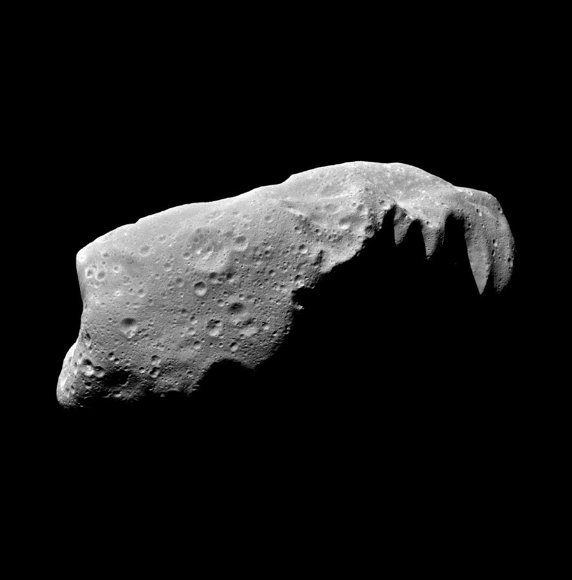
As we approach Apophis’s close encounter in 2029, the scientific community is eager to learn more about this intriguing object. The asteroid’s passage near Earth will provide a unique opportunity to study its shape, rotation, and surface properties in detail. Apophis is believed to have a bilobed, or peanut-like, structure, which is common among larger near-Earth asteroids. Understanding its spin state and how it might be altered by Earth’s gravitational pull during the flyby could provide valuable insights into the dynamic processes shaping such bodies.
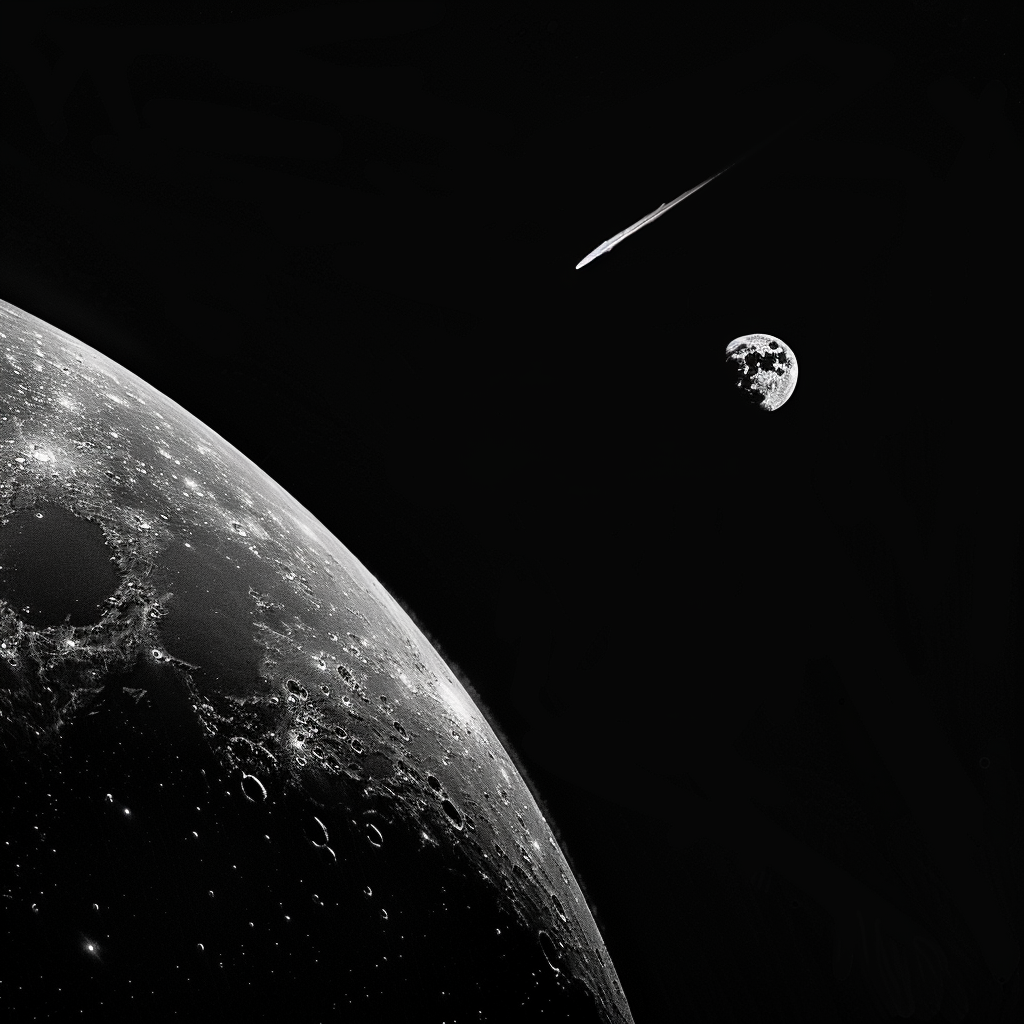
This close approach is not just a scientific opportunity but also a public spectacle. On April 13, 2029, Apophis will pass closer to Earth than some of our geostationary satellites, making it visible to the naked eye in parts of the Eastern Hemisphere. This event highlights the importance of continuous monitoring and study of near-Earth objects, as well as the need for effective communication about the scientific processes that keep us safe.

The story of Apophis, from a feared Earth-impactor to a well-understood object of study, exemplifies the capabilities and successes of modern science. The meticulous mapping of its journey through the solar system demonstrates how rigorous data collection and analysis can transform uncertainty into understanding. As our observational technologies and models continue to improve, we become better equipped to predict and mitigate the risks posed by such celestial bodies.
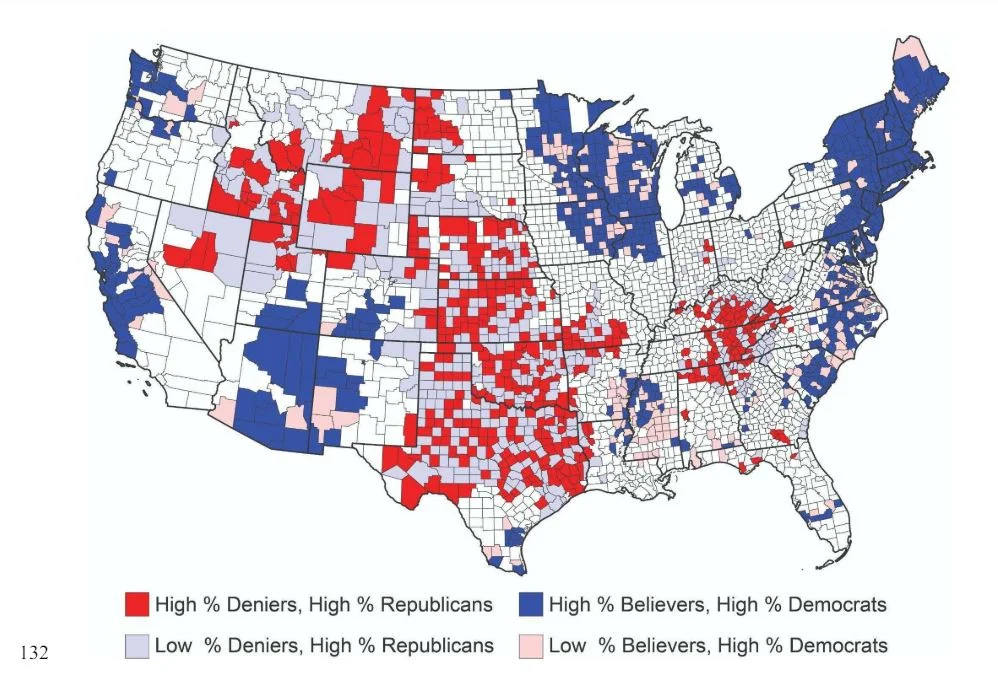
In contrast, the ongoing skepticism about climate science, despite its equally robust methodologies and widespread consensus among experts, underscores the complex factors influencing societal acceptance of scientific knowledge. This contrast suggests that public trust in science is significantly shaped by how threats are communicated and perceived, as well as by economic interests. The lack of financial incentive to dispute Apophis’s predictions likely contributes to the broader acceptance of the science behind its path.
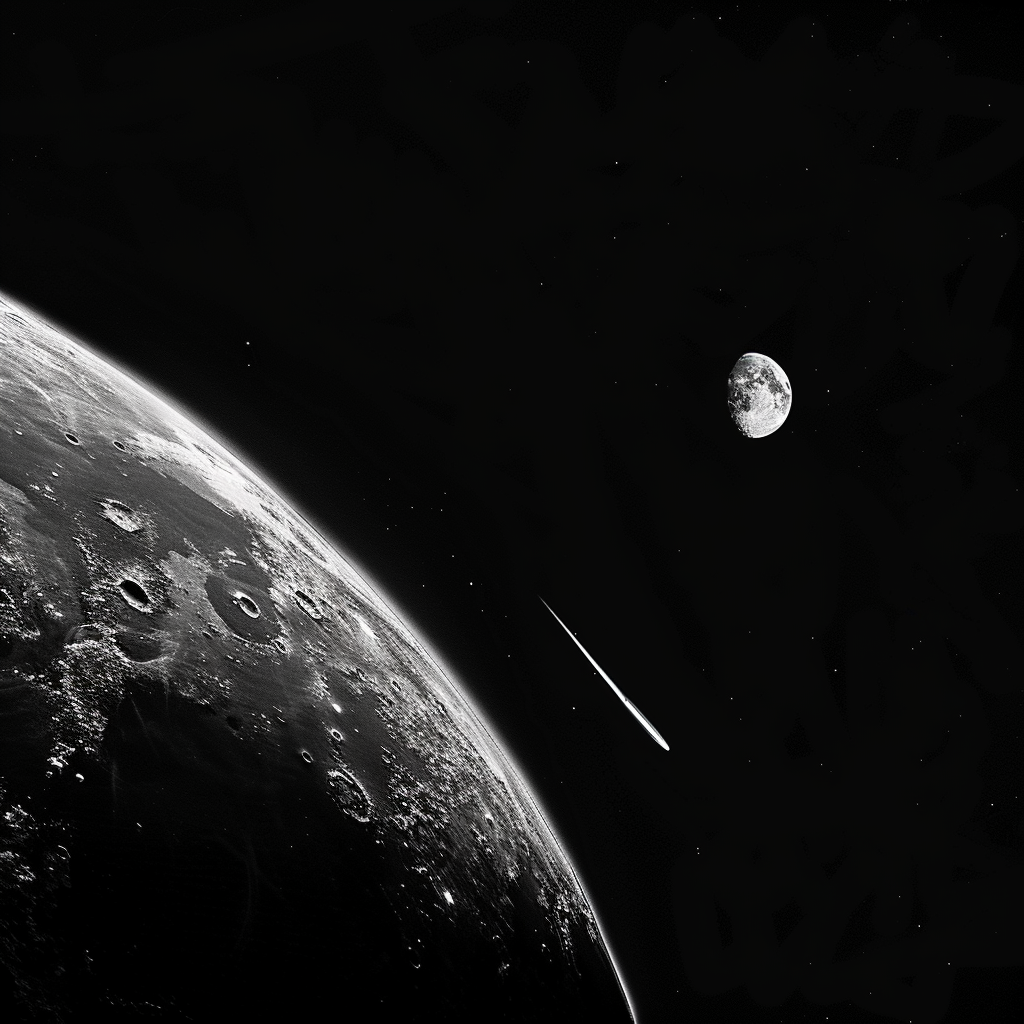
The precision with which scientists have predicted Apophis’s orbit is a remarkable achievement, but it also underscores the broader issue of scientific literacy and trust. As Apophis passes by Earth in 2029, it serves as a powerful reminder of what can be achieved when society embraces and supports scientific inquiry. This asteroid, once a symbol of potential disaster, now stands as a testament to scientific achievement and a call to deepen our understanding and appreciation of the science that helps us navigate the challenges of our natural world.

By comparing the acceptance of Apophis’s orbital predictions with the contentious debate over climate change, we can draw valuable lessons about the importance of effective science communication. The acceptance of Apophis’s path reflects a situation where science is free from conflicting economic interests, allowing the focus to remain on objective analysis and evidence. As we continue to face complex global challenges, fostering a deeper trust in science will be essential for informed decision-making and collective action.





